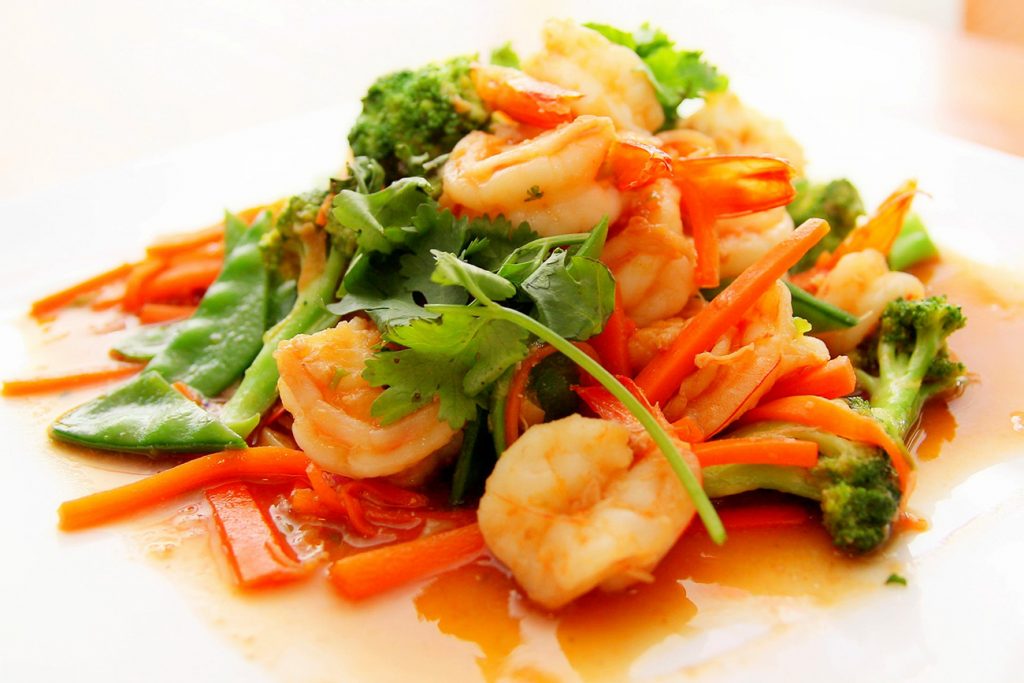We get a lot of questions from women about “eating clean”, what exactly it means and how they can be sure they are eating clean all the time. So I thought I would make a blog post with some examples of the types of foods you should be focusing on when you’re trying to “eat clean”.
There are 4 main nutrients that are of interest to us in our diet – proteins, carbs, fats and dietary fiber (which in fact is also a carb). Let’s look at clean foods that provide each one of these nutrients.
Protein
A term we hear a lot with the word protein is “lean” – we like to eat lean proteins. The reason for this is that almost all the protein we get in our diet will usually come from animal-based foods, and any animal-based foods which are high in fat will often, but not always, be high in saturated fat, which is unhealthy. So the more we can avoid animal fats, the more we can avoid saturated fats, so we prefer lean protein foods.
An important exception to this are some varieties of fish, such as salmon. Salmon is a very oily fish, but even though it does contain some saturated fat, it also contains a lot of healthy unsaturated fat, especially Omega-3, which is very beneficial to us. So salmon is an example of a protein food that is not lean, but is still healthy and therefore OK to eat.
The one thing to be aware of though with any high fat foods, even healthy ones, is that they are high in calories so we need to eat them in moderation.
So on a clean-eating diet, some of the best sources of protein are:
- Chicken breast
- Turkey breast
- Lean red meat (top round, top sirloin, round, shank, flank, chuck)
- Lean ground beef
- Kangaroo meat
- Canned salmon and tuna (in spring water, not oil)
- Fresh fish
- Fresh shellfish and seafood
- Egg white
- Non-fat or low-fat cottage cheese
- Milk, egg, or whey-based protein powders
- Soy products and tofu
Carbohydrates
The first rule of carbohydrates is that they should be natural and unprocessed. The exceptions to this are healthy processed foods such as processed wholegrain products and products that are processed to enhance nutrients rather than remove them, for example, wheat bran cereal. The second rule is that they should preferably be low GI.
Your focus should be on complex carbohydrates, with only about one-quarter to one-third of your carbohydrate intake coming from simple carbohydrates.
Some of the best sources of complex carbohydrates are:
- Sweet potato/yam
- Brown rice
- Potato
- Oats
- Barley
- Buckwheat
- Beans
- Whole grain bread
- Whole grain pasta
- Whole grain cereal
Some of the best sources of natural simple carbohydrates are:
- Apples
- Oranges
- Bananas
- Grapefruit
- Melon
- Strawberries
- Raspberries
- Blackberries
- Blackcurrants
- Cherries
- Peaches
- Pears
- Apricots
- Milk
- Yoghurt
- Low-Fat Cheese
Dietary Fiber
Fiber is very important in our diet because it has many benefits for health and weight loss. Many of the carbohydrate foods listed above are high in fiber, but it’s also important to eat a lot of good vegetables, especially green, leafy ones to get fiber without many associated calories.
Some of the best examples of these are:
- Broccoli
- Lettuce
- Green Beans
- Cauliflower
- Asparagus
- Spinach
- Zucchini
- Cucumber
- Celery
- Squash
- Brussels Sprouts
- Cabbage
Fats
For clean eating we need to focus on foods that provide unsaturated fats rather than any other types of fat, because unsaturated fats are healthy fats. As I mentioned earlier though, all fats should be eaten in moderation because they are all high in calories.
Some of the best sources of healthy fats are:
- Olive Oil
- Almond Oil
- Flaxseed oil
- Sunflower Oil (High Oleic)
- Hazelnut Oil 78%
- Safflower Oil (High Oleic)
- Macadamia Nuts
- Hazelnuts
- Almonds
- Cashews
- Brazil Nuts
- Peanut Butter
- Walnuts
Two More Rules
There are 2 more rules to follow to eat clean. The first is to have 5 small meals a day rather than the usual 3. This is a big metabolism booster so it’s very important for weight loss especially. The second rule is to eat balanced meals, in other words, meals that contain protein, carbs, fiber and fats, in sensible proportions. Never eat carbs on their own!
So that’s it! If you focus your diet on these foods and manage your portion sizes (your body will tell you as you go whether you’re eating too much or too little) you can’t help but get good results – with exercise too of course!



1 Comment
Your blog today is amazing, very helpful! Thanks!